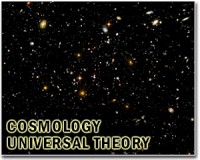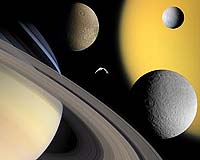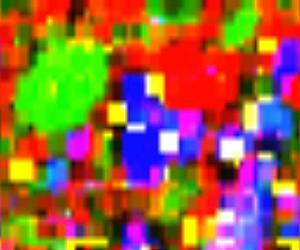|
 Expedition To Study South Pacific Solar Eclipse
Expedition To Study South Pacific Solar EclipseWilliamstown MA (SPX) Jul 09, 2010 Professor Jay Pasachoff of Williams College's astronomy department is on Easter Island in the middle of the Pacific Ocean preparing to observe the July 11 total solar eclipse. The eclipse will be one of the least observed ever, since so much of the path is over ocean. Easter Island, 2,500 miles west of the Chilean South American mainland, is the only substantial land in the path, until the extreme end of the eclipse reaches Patagonia at sunset. Some eclipse scientists and eco-tourists will observe ... read more |
. |
|
|
Free Space, Earth, Energy And Military Newsletters - Delivered Daily |
| . | . |
 |
| .. |
Philae And Rosetta Gear Up For Asteroid Lutetia Paris, France (ESA) Jul 06, 2010
Paris, France (ESA) Jul 06, 2010The Rosetta orbiter, which carries the DLR lander Philae, has completed more than two thirds of its journey to the comet Churyumov-Gerasimenko. The most comprehensive cometary investigation ever, the mission will deliver DLR's Philae lander to the comet's surface for in situ studies. The spacecraft and lander are due to close in on 21 Lutetia, a large Main Belt Asteroid on 10 July. Since l ... more Scientific Community Makes GREAT Progress Towards Gaia  Paris, France (ESA) Jul 06, 2010
Paris, France (ESA) Jul 06, 2010With the launch of Gaia only two years away, the European science community is actively engaged in training the next generation of young astronomers who will exploit the flood of data from this 'Cornerstone' science mission. In many ways, Gaia is a follow-on to ESA's groundbreaking Hipparcos satellite, which mapped the sky between 1989 and 1993. Hipparcos was the first space mission design ... more Planck All-Sky Image Depicts Galactic Mist Over The Cosmic Background  Paris, France (ESA) Jul 06, 2010
Paris, France (ESA) Jul 06, 2010An all-sky image from Planck's recently completed first survey highlights the two major emission sources in the microwave sky: the cosmic background and the Milky Way. The relic radiation coming from the very early Universe is, to a large extent, masked by intervening astronomical sources, in particular by our own Galaxy's diffuse emission. Thanks to Planck's nine frequency channels, and t ... more |
.. |
 Europe's 'Big Bang' probe sends back first image of cosmos  Saturn System Moves Oxygen From Enceladus To Titan  Instant online solar energy quotes Solar Energy Solutions from ABC Solar |
.. |
|
|
Free Space, Earth, Energy And Military Newsletters - Delivered Daily |
|
|
. |
 Man In The Moon Has 'Graphite Whiskers'
Man In The Moon Has 'Graphite Whiskers'Pasadena CA (JPL) Jul 02, 2010 In a new analysis of a lunar sample collected by Apollo 17, researchers have detected and dated carbon on the moon in the form of graphite - the sooty stuff of pencil lead - which survived from around 3.8 billion years ago, when the moon was heavily bombarded by meteorites. Up to now, scientists thought the trace amounts of carbon previously detected on the surface of the moon came from the solar wind. Some of the graphite revealed by the new study appeared in a rare rolled form known as "gr ... read more |
| The contents herein, unless otherwise known to be public domain, are Copyright 1995-2010 - SpaceDaily. AFP and UPI Wire Stories are copyright Agence France-Presse and United Press International. ESA Portal Reports are copyright European Space Agency. All NASA sourced material is public domain. Additional copyrights may apply in whole or part to other bona fide parties. Advertising does not imply endorsement, agreement or approval of any opinions, statements or information provided by SpaceDaily on any web page published or hosted by SpaceDaily. Privacy statement |
| Previous Issues | Jul 08 | Jul 07 | Jul 06 | Jul 05 | Jul 02 |